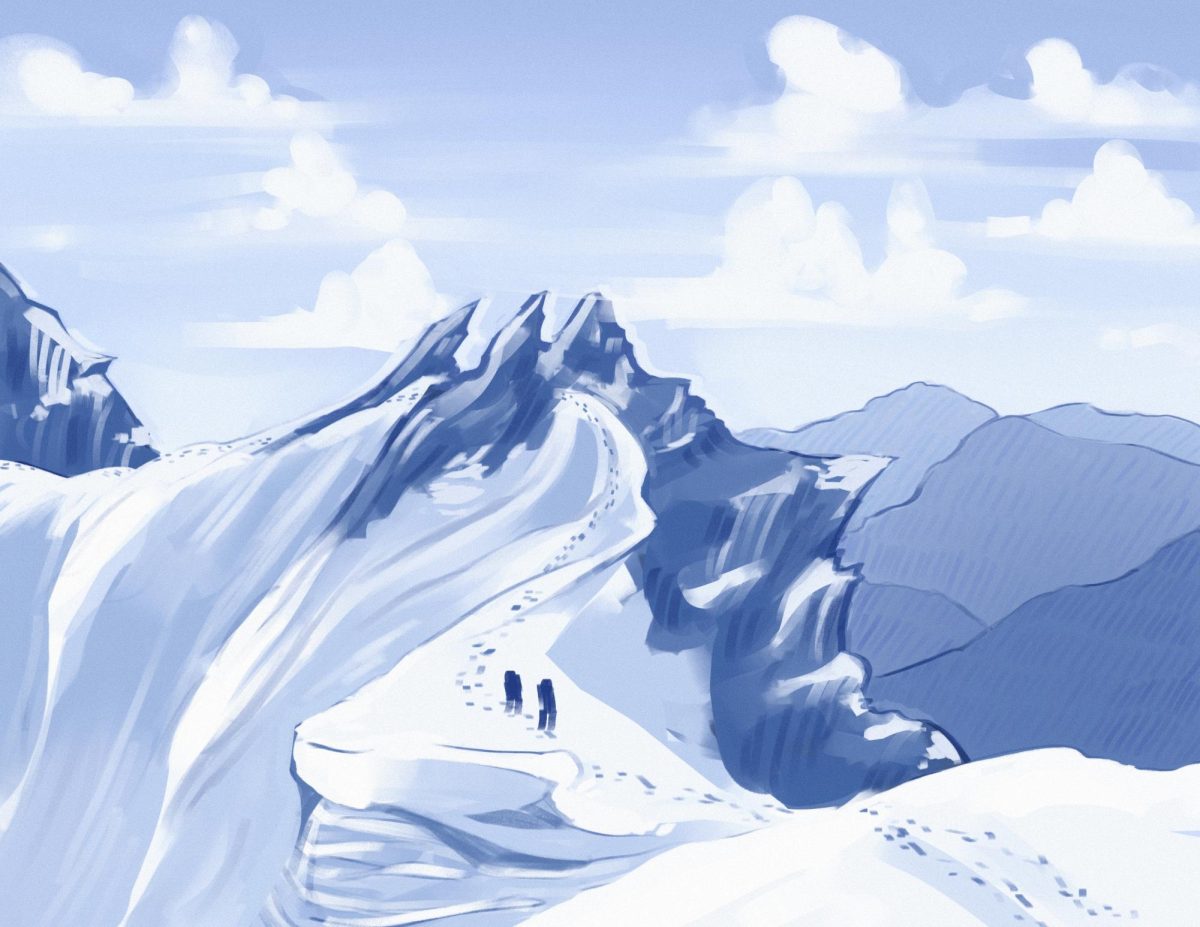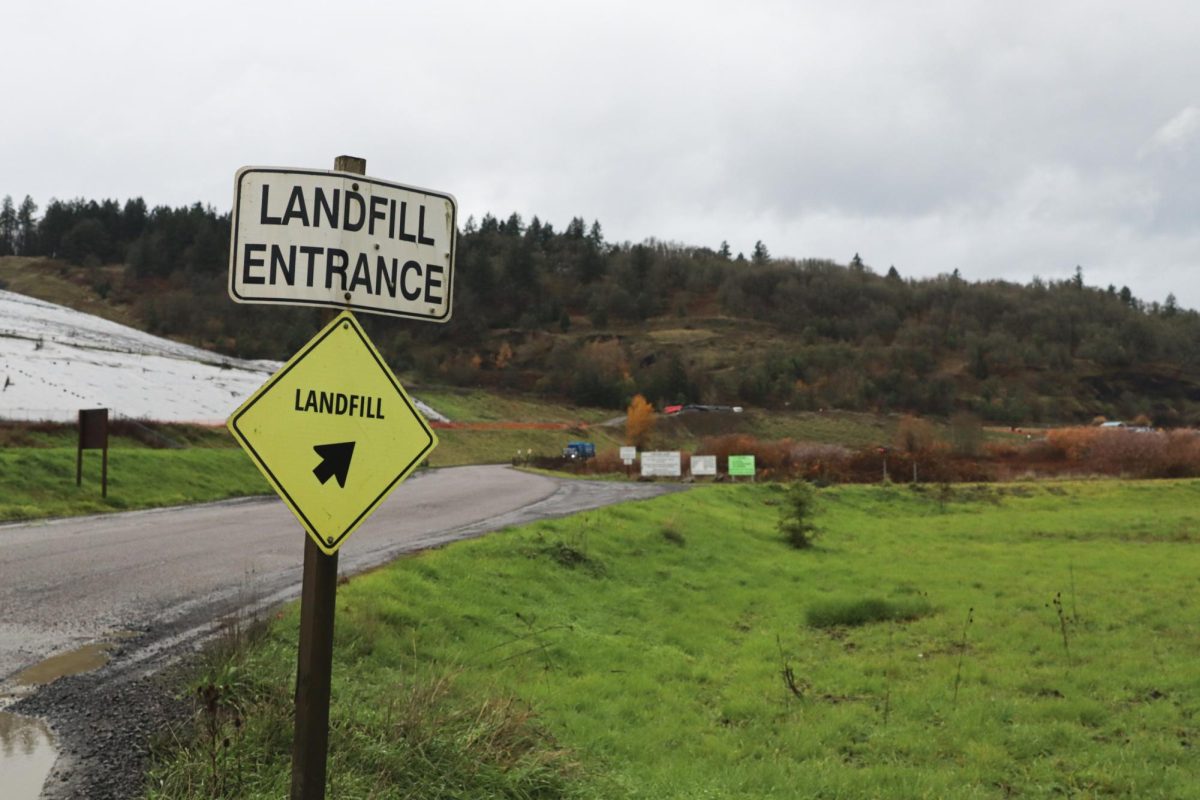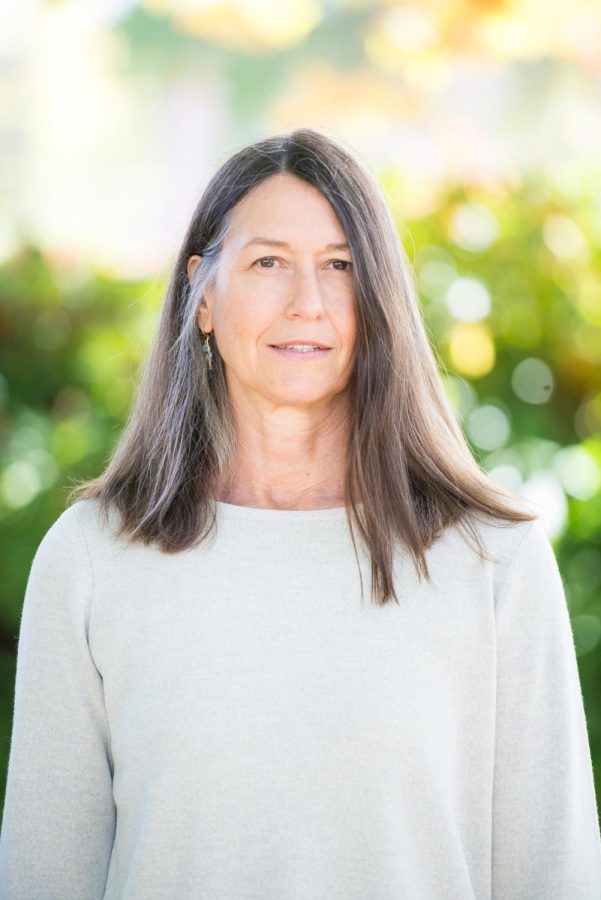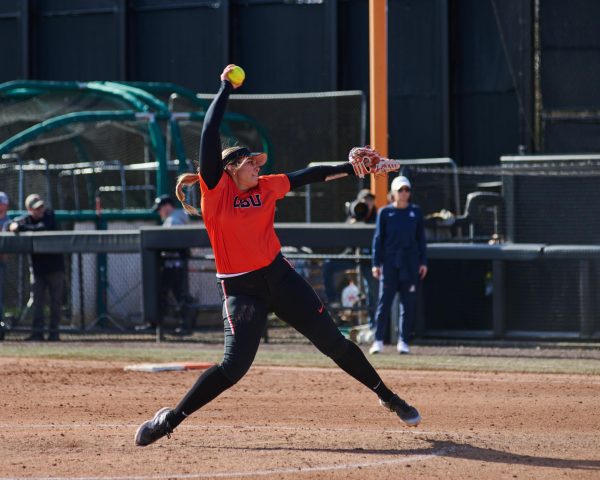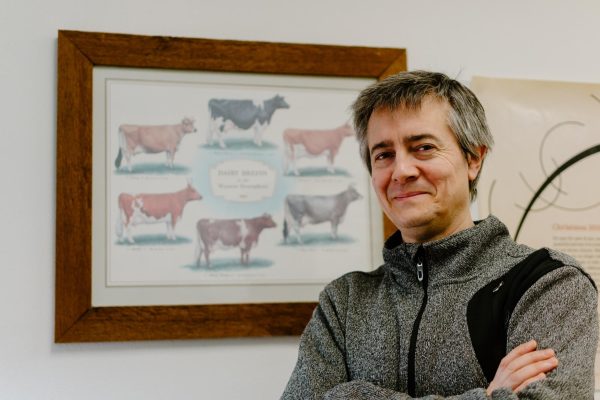Two of OSU’s faculty named in world’s top 1,000 female scientists
February 7, 2023
“Until about 1970, you could just actively discriminate against women,” said Heidi Schellman, professor and retired chair of the Department of Physics at Oregon State University.
Composed by research.com, a website that ranks scientists in different fields, posts publications and publishes research, the world’s top 1,000 female scientists of 2022 include two of OSU’s faculty members, Schellman and Beverly Law.
Schellman and Law are from two different science fields and not connected in any way except teaching at the same university, but ended up on this list at the same time.
Schellman researches particle physics which make up atoms. She is currently researching nuclear physics, specifically neutrinos and the measurement of weak interactions, specializing in designing computing systems for the measurements.
“I was that nerdy kid that knew all the dinosaurs,” Schellman said. “I had the taxonomy of the mammals down to the family level memorized when I was 12.”
Intrigued by science from a young age, Schellman went on to study mathematics at University of Oregon and Stanford University. Later on she earned her master’s degree and Ph.D. in physics, was a postdoctoral fellow at University of Chicago and Wilson fellow at Fermilab.
Law is a professor emeritus of global change biology at OSU, currently involved in science communication of her research on mitigating climate change.
Working at multiple scales from research site trees and their physiology to soil processes to the entire ecosystem, Law’s specialty is the mitigation of climate change. She has compared research on a global scale to show where the highest carbon forests are in western United States, Oregon and Alaska.
Growing up, Law was introduced to natural sciences from her grandfather who owned the land a forest sat upon. Intrigued by the science of nutrient cycling, birds and tree species, she fell in love with the magic of science.
Later on, Law earned her bachelor’s degree at University of Florida in forest management and then went on to complete a Ph.D. in forest science at OSU.
Both Law and Schellman describe their hardships as oftentimes, they were the only women in their fields.
“One of the reasons for being a top 1,000 women (scientist) at my age is we’re only about 5% of physicists my age,” Schellman said. “Somebody my age, the odds that I’m near the top ranking of women is not that unusual, because you’re not comparing it to that many other people.”
Schellman said a woman five years older than her wouldn’t have received the chances she earned after Title IX, a federal law banning discrimination on the basis of sex in educational settings.
“I was used to being a minority, you know, when I went through, like when I swam in high school, I was the only female that swam with the boys team,” Law said.
When giving advice to current OSU undergraduate students studying science, Law said it’s important to chart a course and think big.
“There are standards the college will tell you, ‘well, you have to take these classes,’” Law said. “What I’ve told my students is to cover a lot of different fields.”
According to Schellman, it’s important to acquire experience in research if your goal is to go on to graduate or medical school. However, simply holding a job for at least two years that involves creativity looks great on applications.
Schellman currently has a virtual research lab which focuses on computing for particle physics. OSU students in this lab learn the science of small particles and as well as analysis of large data samples.
Schellman said it’d be nice if her name being on the list puts the OSU physics department on the map for future students.
Law is not currently participating in research, but said students can learn from her past research that certain aspects of science–spatial statistics, ecosystem modeling and spatiotemporal analysis skills.
These skills are currently in high demand when analyzing climate impacts on ecosystems, identifying important climate-mitigating forests, determining better climate locations for animals and helping with the role of land systems in greenhouse gas accounting.
To Law, being on this list means to rise above the crowd within the research world. It will begin to help non-scientists see the caliber of individuals based on their research.
“Life’s hard and you just gotta keep plugging along and believe in yourself,” Law said.





